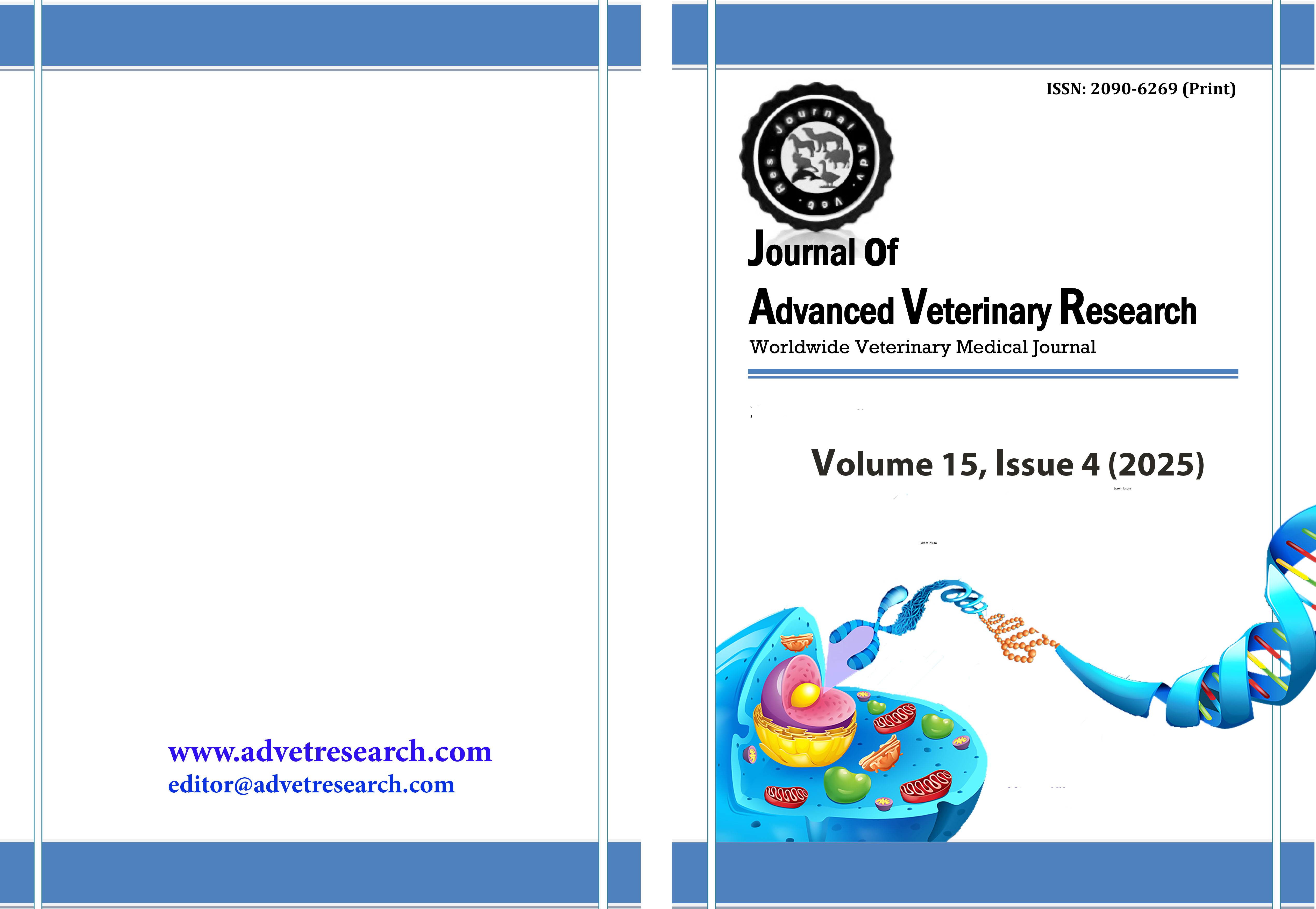Immune response of rabbits after vaccination against Septicemia epizootica based on protein A matrix of Staphylococcus aureus
Keywords:
Pasteurella multocida, Staphylococcus aureus proteine A, vaccine, immune response, rabbitAbstract
Septicemia epizootica (SE), caused by Pasteurella multocida, is an acute infectious disease affecting livestock. The formulation of a P. multocida vaccine derived from Indonesian strains, and hyperimmune serum was developed using Staphylococcus aureus containing protein A as a matrix to enhance the binding between components. This study aimed to evaluate the humoral immune response in Hycole rabbits following vaccination with a vaccine formulated using a Staphylococcus aureus protein A-based matrix. Three types of inactivated P. multocida vaccines adjuvanted with Montanide ISA 70 M VG (Sepic®) were prepared in different formulations. (1) Vaccine with 5 parts S. aureus protein A suspension to 1 part hyperimmune serum, (2) Vaccine formulated with a ratio of 1 part S. aureus protein A suspension to 2 parts hyperimmune serum, and (3) Whole-cell P. multocida vaccine without matrix. A commercial SE vaccine was used as a control. A total of 16 rabbits were divided into four groups, including treatment and control. The vaccines were administered intramuscularly twice, with a two-week interval between doses. Antibody titers were measured using the ELISA method in the second week after the primary immunization and in the second week following the booster dose. The study results showed that all groups experienced an increase in antibody titers following vaccination, with varying levels of effectiveness. The commercial vaccine (vaccine 4) induced the highest immune response, followed by vaccine 1, which emerged as the most promising experimental candidate. Vaccine 2 demonstrated the lowest response, indicating that its effectiveness needs to be re-evaluated.
Downloads
Published
How to Cite
Issue
Section
License
Copyright (c) 2025 Journal of Advanced Veterinary Research

This work is licensed under a Creative Commons Attribution-NonCommercial-NoDerivatives 4.0 International License.
Users have the right to read, download, copy, distribute, print, search, or link to the full texts of articles under the following conditions: Creative Commons Attribution-NonCommercial-NoDerivatives 4.0 International (CC BY-NC-ND 4.0).
Attribution-NonCommercial-NoDerivs
CC BY-NC-ND
This work is licensed under a Creative Commons Attribution-NonCommercial-NoDerivatives 4.0 International (CC BY-NC-ND 4.0) license




